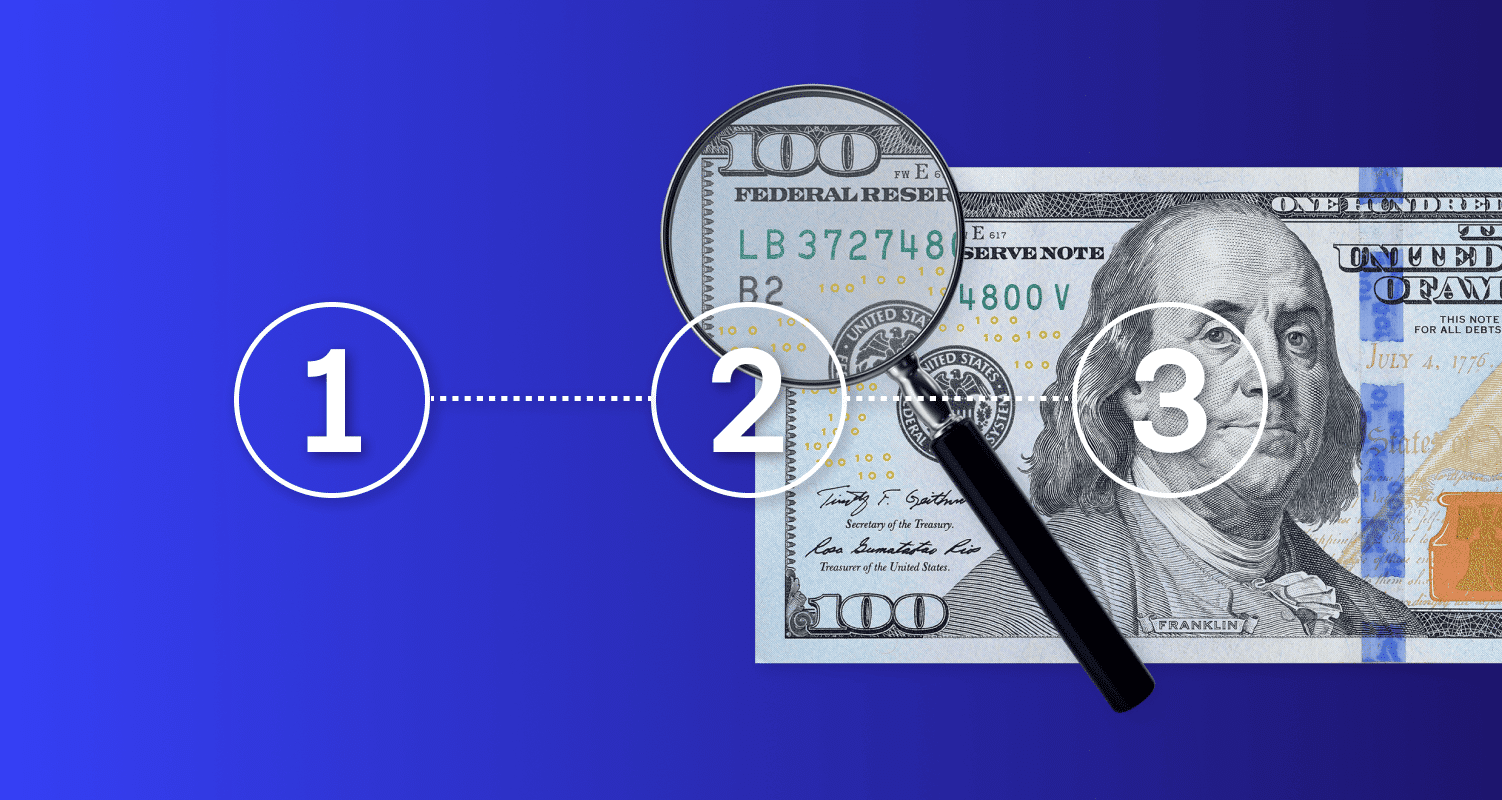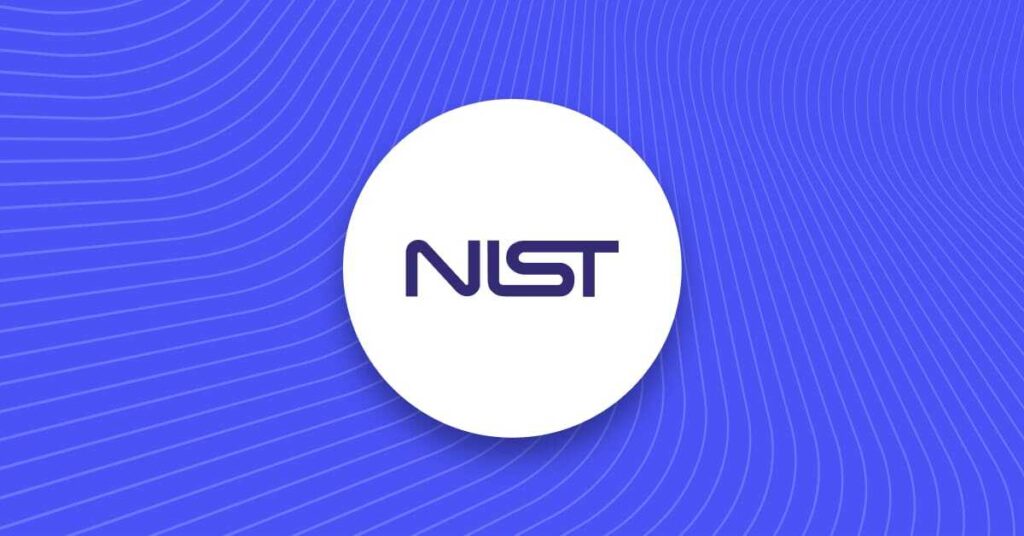
To identify money laundering schemes — and a host of other financial crimes — institutions must be equipped to assess risk properly. This involves complying with appropriate anti-money laundering (AML) regulations and conducting thorough risk profiling for all customers.
But what is AML risk, and how is it evaluated? AML regulations are designed to help financial institutions effectively combat serious monetary transgressions. Alongside various processes and resources, AML guidelines typically delineate risk assessment protocols. These assessments enable financial institutions to recognize which key factors indicate an increased risk of a customer being involved in financial crimes.
Although established AML risk factors and regulations differ slightly from country to country, most AML risk guidelines fundamentally align. To help anchor your understanding, we will use the Bank Secrecy Act (BSA) AML risk assessment as an example. According to the BSA, determining inherent AML risk involves assessing three main factors:
- Products and services
- Customers
- Geographic location
Although the BSA provides guidelines for conducting AML risk assessments, bank management determines the specific methodology and format of those assessments. Allowing banks to determine the specifics of their AML risk assessment protocol remains the standard practice for most AML guidelines worldwide. Most often, creating an AML risk assessment requires financial institutions to:
- Define parameters for key risk factors
- Develop a process for measuring those risk factors
- Classify result findings by assigning individual risk scores (very low, low, medium, high, and very high)
Additional AML risk assessment methodology examples
Beyond the United State’s BSA risk-based approach steps, various AML risk assessments influence global financial security protocols, including:
- The World Bank Group (WBG) AML Risk Assessment. The WBG created their NRA Toolkit to provide globally applicable guidelines for their members. The main goal of the NRA Toolkit is “to support WBG client countries and jurisdictions in self-assessing their money laundering and terrorist financing risks.”
- The Central Bank of Ireland AML Risk Assessment. In their comprehensive guide, the Central Bank of Ireland outlines the parameters for conducting an effective AML risk assessment. In their guide, the Central Bank of Ireland states that the goal of all AML risk assessments is to enable institutions to identify the risks they are potentially exposed to and, in accordance with outlined risk based approaches, determine where resources need to be prioritized in order to counter money laundering and terrorism financing. The guide then goes on to explain various suggested best practices for both “Business Risk Assessments” and “Customer Risk Assessments.”
Aside from following regulations and conducting risk assessments, what else should organizations do to ensure financial security? First, financial institutions must understand which factors impact customer risk ratings. Second, organizations must take advantage of the latest technology to stay one step ahead of financial criminals. For example, platforms like Onfido simplify the identity verification process for both businesses and their customers by using biometric verification, fraud detection signals, and other innovative technology.
Who are high-risk clients in AML? Understanding customer risk rating factors
A huge part of determining AML risk is developing customer risk-rating models to identify key indicators. Here are a few AML key risk indicators examples:
AML key risk indicators
- Extremely large or small financial transactions
- Suspicious patterns in transactions
- Unusual financial transactions (i.e. large purchases made outside a customer’s home country)
- Customers who are unwilling to provide specific details regarding their business
- Large transactions being conducted by unestablished customers
High-risk business sectors
- Gambling institutions like casinos
- Construction companies
- Payment processing companies
- Hospitality businesses
Compiling and analyzing key risk indicators helps financial institutions create more accurate customer risk-rating models, thereby enhancing their protective and preventative infrastructure.
Reduce risk and remain compliant with automation and AI
Although regulators worldwide are determined to eradicate money laundering and terrorist financing incidents, criminals are becoming increasingly sophisticated — especially regarding technological advancements. Even though many institutions were initially hesitant, regulators around the globe now recommend that all banks embrace new technology and innovative approaches to halt money laundering and terrorist financing attempts. According to Mckinsey, AML risk assessment platforms identify high-risk customers far more effectively than conventional methods.
Take Onfido, for example. Onfido’s digital identity solution uses AI-powered automation to help organizations safely acquire new customers, reduce costs, and ensure compliance with global KYC and AML regulations. Onfido’s features include:
- Biometric verification technology that allows customers to submit photos to confirm identity and circumvent more sophisticated fraudulent attempts.
- Data verification features to compare personal information submitted by customers against sanctions lists, politically exposed person (PEP) lists, and adverse media categories.
- Document verification capabilities to record authenticity based on passports, national identity cards, and other forms of personal identification.
- Fraud detection automation that enables users to determine risks linked to a customer’s devices using device intelligence, geolocation, and repeat fraud detection.
AI-powered AML prevention and protection platforms like Onfido place digital trust and safety at the core of all customer interactions.
Read our ultimate guide to fraud prevention. It offers the latest identity fraud insights, trends, and fraud prevention tips.





